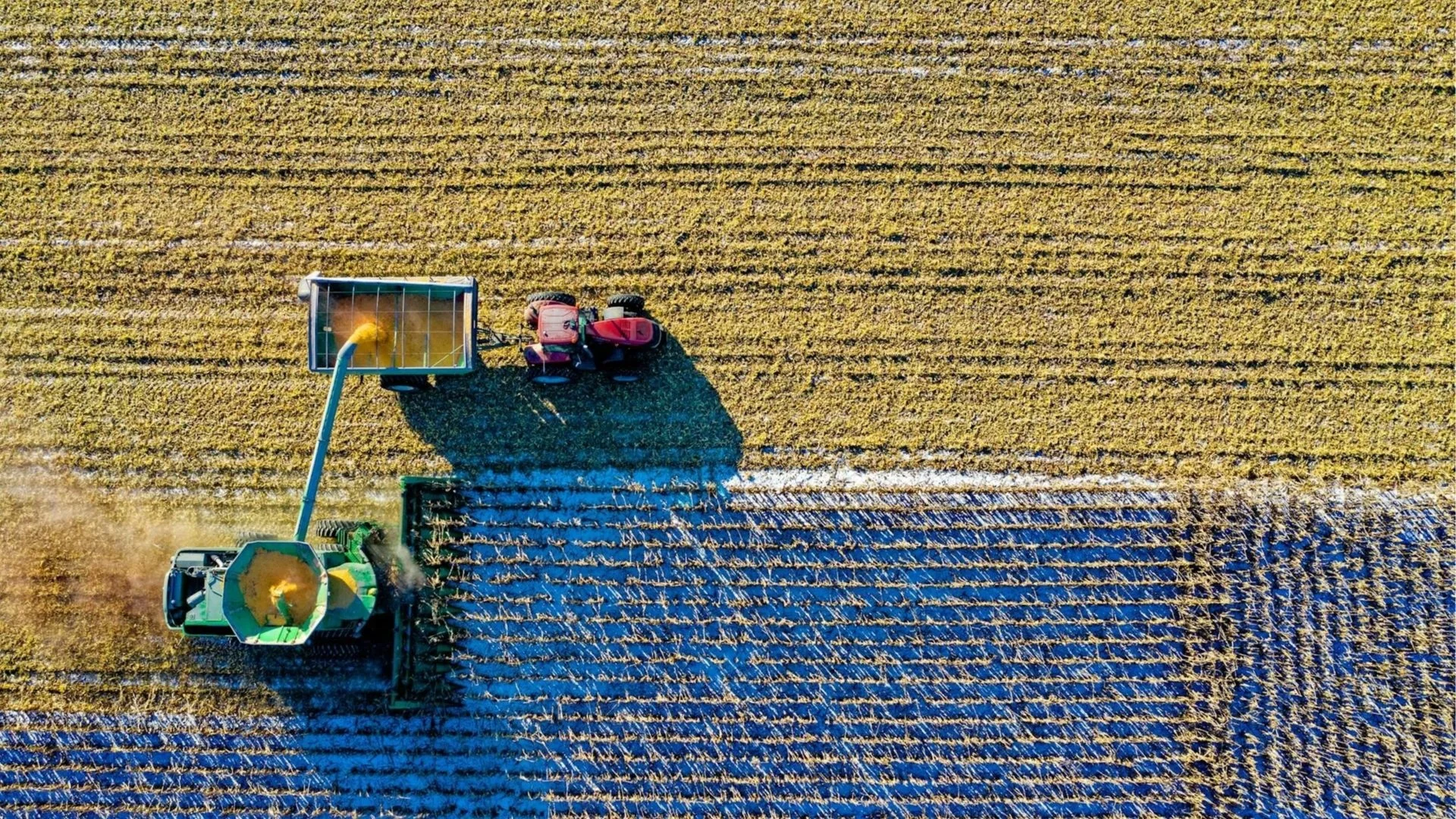Why climate action makes financial sense for agribusiness
The agriculture and land use sectors account for up to a third of global greenhouse gas (GHG) emissions – and yet, it is only relatively recently that they are being discussed in global climate targets for emission reductions. Our Legal Manager Suki Rees explains why agribusinesses should get up to speed on climate action or face financial risks.
There is no shortage of research and commentary on the food system transformation that needs to occur in our global journey to net zero. And, much of it highlights the complexity and scale of the problem we are facing when it comes to agriculture, as well as the inherent vulnerability of the sector to climate change.*
The agriculture and land use sectors are vital to our survival – but that should not exempt them from scrutiny. They are responsible for high levels of methane and nitrous oxide – two GHGs with a much more intense warming effect than carbon dioxide. As a result, addressing agriculture emissions will be key in meeting the Paris Agreement limit of 1.5°C degrees of warming. This is particularly true in relation to methane, as the warming effect created is much more intense but short-lived than other GHGs, meaning we will see the benefit of cutting emissions in global temperatures sooner.
Whilst the burden of responsibility does not fall equally across the sector, work will be required by all to overcome the inertia created by conflicting worldviews and values. And if we look at the ‘polluter pays’ principle alongside an analysis of profit concentration, it’s clear that multinational agri-businesses have a significant role to play. Not only are there a number of financial incentives for such companies to take climate action, they could even find themselves facing significant financial risks if they don’t.
So what financial risks will companies face from climate inaction? Here are the top three…
1. Cost uncertainty created by an unstable climate
The ongoing heating of the planet caused by GHG emissions disrupts agricultural activities and supply chains in a number of ways, which can result in higher costs.
Extreme weather (such as flooding, fire, unpredictable rainfall):
Creates risk of crop loss or contamination, leading to direct loss of earnings for farmers and increased prices elsewhere in the food system as a result of shortages.
Can render agriculture land unusable – over half of England’s top quality agricultural land is already at risk of flooding.
Causes human heat-related illness and associated productivity loss.
According to the World Economic Forum, 100% of the gross added value (the economic value created) of the agriculture industry (alongside 80% of its supply chain) is highly nature dependent. It is critical therefore for the industry to evaluate its impact on nature and mitigate damage.
2. Cost of legal risks
There are various categories of legal risk – some of which are covered in our recent briefing, Reaping what we sow: how agribusiness contributes to global heating, and the rise of strategic litigation.
Let’s take greenwashing, a popular tool for holding corporates to account in a number of jurisdictions, as an example of the costs that may be incurred.
As legislation surrounding misleading practices continues to enter into force, failure to integrate this into company strategy increases legal risk. In the UK, a new failure to prevent fraud offence is applicable to greenwashing – punishable by criminal conviction and unlimited fine.
There may also be further serious financial liability in play. Attribution science – the process of establishing the link between climate change and extreme weather – is complex but ever-evolving (recent research linked the occurrence and intensity of heatwaves to individual carbon major GHG emissions). Applying this, the groundbreaking legal ruling in Lliuya vs RWE AG held that the link between a company’s emissions and climate harm caused creates financial liability – a powerful precedent for holding high-emitting companies to account.
Legal risk and wider financial impact are also connected – recent research considering over 100 climate lawsuits filed against US- and European-listed firms found stock returns fall after a filing or unfavourable decision.
Finally, at a practical level, legal proceedings can be costly – whether that is the cost of employee time spent engaging with a claim, legal fees, damages payable, or the reputational loss suffered (please see below regarding public perception).
3. Cost of obtaining financing
Financial service providers will be facing the same climate scrutiny as companies in the agricultural sector. Alongside the proliferation of sustainable finance disclosure standards, banks are increasingly putting sustainable finance quotas in place, so a company taking credible climate action may be a more appealing investment.
The cost of capital may also be lower for such companies via sustainability-linked loans with a ratchet mechanism, where the interest rate payable is reduced if the borrower meets agreed sustainability targets.
For publicly traded companies, share price can benefit from climate action – as well as increasingly becoming an investment criterion for investors, initial research shows companies with strong environmental, social and corporate governance can perform better.
Turning the tide of public perception
Increasing scrutiny can also come from the public. A 2021 survey in the UK found that 66% of respondents felt businesses should do more to help their customers reduce their own impact on climate change, and that 63% agreed that businesses should act immediately on climate change. As a result, businesses which lobby against emissions reduction and / or fail to take climate action could face a loss in customers.
The agriculture sector’s contribution to society is undeniable – but the need for action, both for the financial health of the sector itself, as well as the climate vulnerable population worldwide, is clear.
For further information, read our briefing on the rise of strategic litigation in the agriculture sector, which includes a number of recommendations for companies, and outlines why they must consider their full scope of emissions and identify areas for improvement.
*In determining what constitutes ‘climate’ action in this context, it is helpful to take a broad view encompassing the other two limbs of the triple planetary crisis – biodiversity loss and pollution – as agriculture and land use inherently span the three.







